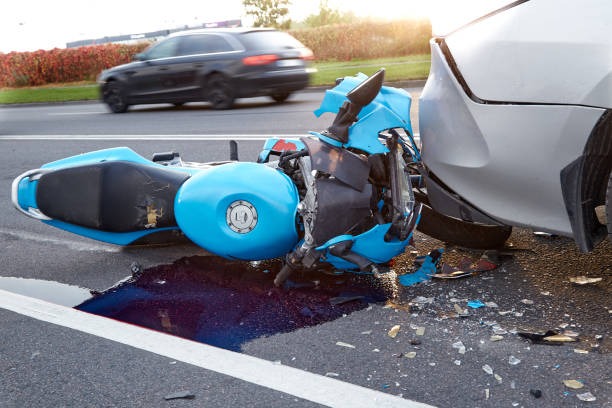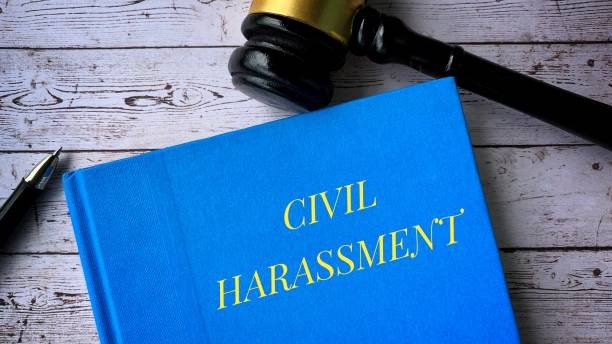What Are Typical Motorcycle Crash Settlement Examples in Oregon?
When you’re involved in a motorcycle accident, the road to recovery isn’t just physical—it’s also financial. Between medical bills, time off work, and property damage, the costs can add up quickly. One of the most common questions we hear at Hess Injury Law is: What kind of motorcycle crash settlement can I expect in Oregon?
While no two accidents are the same, reviewing real-world motorcycle crash settlement examples can offer helpful insight into how these cases are handled and what factors influence compensation amounts.
Understanding Motorcycle Crash Settlements in Oregon
A motorcycle crash settlement is a financial agreement typically reached outside of court between the injured rider (plaintiff) and the at-fault party’s insurance company. These settlements are meant to compensate victims for various losses, including:
- Medical expenses
- Lost income
- Pain and suffering
- Motorcycle repair or replacement
- Future rehabilitation or care costs
In Oregon, personal injury claims follow a modified comparative negligence rule. This means if you’re found to be partially at fault for the crash, your settlement can be reduced by your percentage of fault.
Typical Motorcycle Crash Settlement Examples in Oregon
To give you a better understanding, here are several fictional yet realistic motorcycle crash settlement examples based on the types of cases commonly handled by personal injury attorneys in Oregon:
Example 1: Rear-End Collision at a Red Light
Injury: Whiplash and a fractured wrist
Settlement: $40,000
A Portland motorcyclist was stopped at a red light when a distracted driver rear-ended them. Despite wearing protective gear, the rider suffered a fractured wrist and whiplash. They missed four weeks of work and incurred moderate medical bills. The driver’s insurance company agreed to a $40,000 settlement covering medical costs, lost wages, and general pain and suffering.
Example 2: Hit-and-Run with Severe Injuries
Injury: Multiple broken bones and a concussion
Settlement: $150,000
In Eugene, a rider was struck by a vehicle that fled the scene. Fortunately, the motorcyclist had uninsured motorist (UM) coverage. The accident resulted in surgery, several months of physical therapy, and long-term pain. A settlement of $150,000 was negotiated with the rider’s own insurance company under the UM policy.
Example 3: Intersection Collision Caused by Left Turn
Injury: Leg fracture and road rash
Settlement: $95,000
A Salem motorcyclist was traveling straight through an intersection when a car turned left in front of them, violating their right of way. The crash resulted in a broken leg and extensive road rash. After physical therapy and missed time at work, the settlement totaled $95,000—factoring in medical bills, rehabilitation, and loss of future earning potential.
Example 4: Lane-Splitting Dispute with Partial Fault
Injury: Shoulder dislocation
Settlement: $22,000 (Reduced due to shared fault)
In Medford, a motorcyclist was lane-splitting during heavy traffic when a car changed lanes without signaling, causing a crash. Oregon does not expressly allow or prohibit lane-splitting, and liability was contested. The motorcyclist was found 30% at fault. The initial value of the claim was $32,000, but it was reduced to $22,000 due to comparative negligence.
What Factors Influence Motorcycle Crash Settlements?
As seen in these motorcycle crash settlement examples, several factors play a role in determining the final amount of compensation:
1. Severity of Injuries
Permanent disabilities or injuries requiring surgery usually bring higher payouts.
2. Medical Expenses
Keeping detailed records of your medical expenses, rehabilitation sessions, and any expected long-term treatment can significantly strengthen the value of your claim.
3. Lost Wages and Future Income
If your injuries prevent you from working temporarily or permanently, these lost earnings can be factored into the settlement.
4. Pain and Suffering
Non-economic damages such as emotional distress, anxiety, or decreased quality of life are considered when calculating your overall settlement.
5. Liability and Fault
Your percentage of fault under Oregon’s modified comparative negligence law can reduce your compensation.
6. Insurance Policy Limits
The at-fault driver’s insurance policy may cap how much you can recover. In some cases, you may need to pursue your own underinsured motorist coverage.
How Long Does It Take to Settle a Motorcycle Crash Case?
Each case varies, but motorcycle accident settlements in Oregon typically take a few months to over a year to resolve. Here’s a general breakdown:
- Simple claims with clear fault: 3–6 months
- Moderate claims with moderate injuries: 6–12 months
Negotiations, medical evaluations, and insurance responses all contribute to the timeline. Working with a dedicated legal team ensures your claim is documented thoroughly and pushed forward efficiently.
Should You Settle or Go to Court?
Most motorcycle crash cases settle out of court. However, if an insurance company offers an unfair settlement or disputes liability, filing a lawsuit may be necessary. At Hess Injury Law, they work with you to build a strong case and determine the best course of action—whether through negotiation or litigation.
Final Thoughts
Looking at motorcycle crashes the amount you may recover depends on your specific injuries, the details of the accident, and how well your case is presented.
At Hess Injury Law, the team handles fiercely for riders across Oregon. Whether you’re navigating recovery or facing mounting bills after a crash, they will help you understand your rights, communicate with insurers, and pursue the compensation you deserve.







